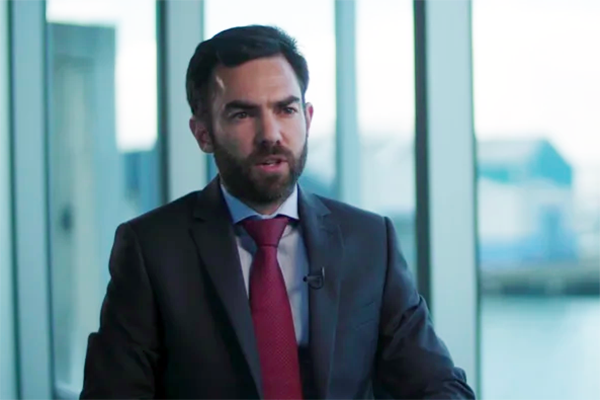How listed infrastructure is adjusting its fuel mix
Despite the best intentions of divestment advocates, fossil fuels are unlikely to vanish from the global energy mix any time soon, according to a recent AMP Capital paper. In fact, both fossil fuel use and the global output of carbon dioxide look set to increase over the coming decades as population growth and ascendant emerging market economies push up aggregate energy demand.
If current trends hold, the report shows global carbon dioxide emissions from energy sources will increase from the current 30-odd billion tonnes per annum to well over 40 billion tonnes by 2050.
But the AMP Capital study plots out a number of more optimistic scenarios ranging from a sustainable energy revolution to efficiency gains that could see emissions cut by two-thirds in the former case or at least held steady under the latter scenario. And the growing push to renewable energy sources is making a difference, the study says.
“Renewables will play an increasingly important role, with their share of the overall energy mix rising to 15% in 2040,” the AMP Capital report says.
The AMP Capital renewables definition excludes both hydro-electric and nuclear power, which will contribute a further 7 per cent and 4.3 per cent, respectively, to global energy production (in much the same proportion as today).
However, fossil fuels will “remain the main source of energy in the global economy” in 2040, the paper says, although in a reduced ratio. “Fossil fuels’ share of global energy use is expected to fall to 73 per cent in 2040 from 83 per cent in 2020,” the study says.
AMP Capital’s head of global listed infrastructure, Giuseppe Corona, and portfolio manager, Antonio Barbera, put a more realistic spin on the renewables story in the report.
“In our view, a solution which simply replaces fossil fuels with renewable sources of energy is bold and daring, but ultimately insufficient and unworkable,” the duo declare. “This solution deals with ‘supply’ of energy. Without addressing the ‘demand’ side of the equation, we are unlikely to be able to safeguard the planet for future generations.”
Aside from those global concerns, though, the energy transition trends create the usual mix of challenges and opportunities for listed infrastructure investors.
Joseph Titmus, portfolio manager on the AMP Capital global listed infrastructure team, said the changing energy dynamics affect all sectors in the asset class.
“The implications [of energy trends] for all infrastructure companies are significant,” Titmus said. “But the rubber really hits the road in the utilities and energy sectors.”
He said the utilities sector is already seeing changes as distribution and transmission trends evolve to meet current demands.
For instance, the rise of solar and wind production is forcing transmission firms to recalibrate networks to handle two-way energy flows. At the same time regulations – including in the US where energy policies are determined at the state level – are incentivising more renewable energy sources to come online.
“In some cases [in the US] it’s cheaper to build a new clean energy plant than run an old coal-powered electricity generator,” Titmus said.
Regulations and policy trends underpin many listed infrastructure investment decisions, he said.
Energy companies – which cover, of course, the under-fire fossil fuel producers – present a different challenge for infrastructure investors.
Titmus said, for example, the energy transition process is likely to favour natural gas as at least a cleaner alternative to coal.
The AMP Capital paper shows the natural gas share of global energy production rising from the current 23.6 per cent to almost 26 per cent in 2040. Over the same period, both coal and oil are forecast to fall proportionately by 6 per cent and 5 per cent, respectively.
Nonetheless, by 2040 coal should still account for 20.3 per cent of global energy production with oil representing 27.2 per cent.
The changing energy mix, however, opens up opportunities for investors in gas pipelines and liquified natural gas (LNG) producers.
“… we continue to carefully evaluate the impact of these trends on the infrastructure universe and have invested across a cohort of companies that have embraced the decarbonisation challenge while continuing to create value for shareholders,” the AMP Capital report says.
The manager typically holds between 35 to 45 stocks in its listed infrastructure portfolio, Titmus said. AMP Capital manages about $1.8 billion across two main listed infrastructure strategies – of which one is more income-focused.
During the recent – likely ongoing – market correction, AMP Capital was making some changes to its portfolio, he said, partly to take advantage of valuation opportunities but also to rebalance long-term weightings.
Titmus said listed infrastructure is naturally tilted to long-term outcomes with a focus on stable returns from regulated entities.
While AMP Capital targets returns over three- to five-year periods he said, “we do our analysis over 15 years or more”.
Titmus toured NZ last week, filling in for the London-based Corona, who, ironically, had to cancel travel plans due to coronavirus concerns.
– David Chaplin, Investment News NZ










